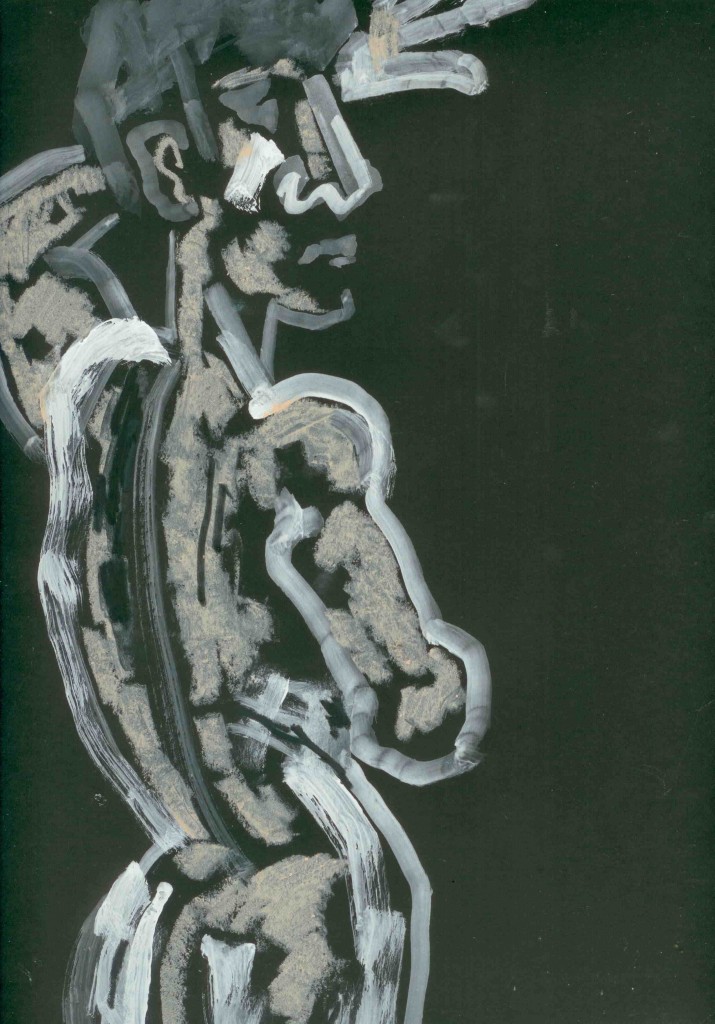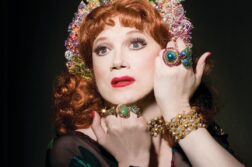The “drawing-paintings” of New York City-based artist Jonathan Ned Katz are lush in color and sexually suggestive in their depiction of male nudes. Each work grabs the eye and stirs the imagination, evoking a physiological rather than an intellectual response. As Katz reveals in this interview, at the core of his art lies a deep interest in affirming the pleasures, wonders, and mysteries of the flesh, the same interest that motivated his work in recovering gay, lesbian, bisexual, transgender, and, yes, heterosexual history. “For thirty years I studied sex in history,” says Katz. “Now I’m drawing and painting sex.”
Anyone familiar with GLBT culture over the last thirty years will recognize Katz’s name. His

pioneering books Gay American History: Lesbians and Gay Men in the U.S.A. (1976) and Gay/Lesbian Almanac: A New Documentary (1983) did much to establish gay and lesbian history as a legitimate intellectual and academic discipline. His book The Invention of Heterosexuality (1995), perhaps the first on heterosexual history, was cited by Justice Anthony Kennedy in the landmark 2003 U.S. Supreme Court decision Lawrence v. Texas. Currently, Katz is director of OutHistory.org, a website on GLBT and heterosexual history sponsored by the Center for Lesbian and Gay Studies (CLAGS) at the City University of New York.
The move from historian and scholar to visual artist may seem like a stretch until one learns that art was Katz’s first, youthful mode of creative expression. As an art major, he won entrance to the prestigious public High School of Music and Art, graduating in 1956, and he worked as a professional textile designer for twelve years, from 1960 to 1972.
This interview was conducted in Jonathan Ned Katz’s art studio in New York City.





